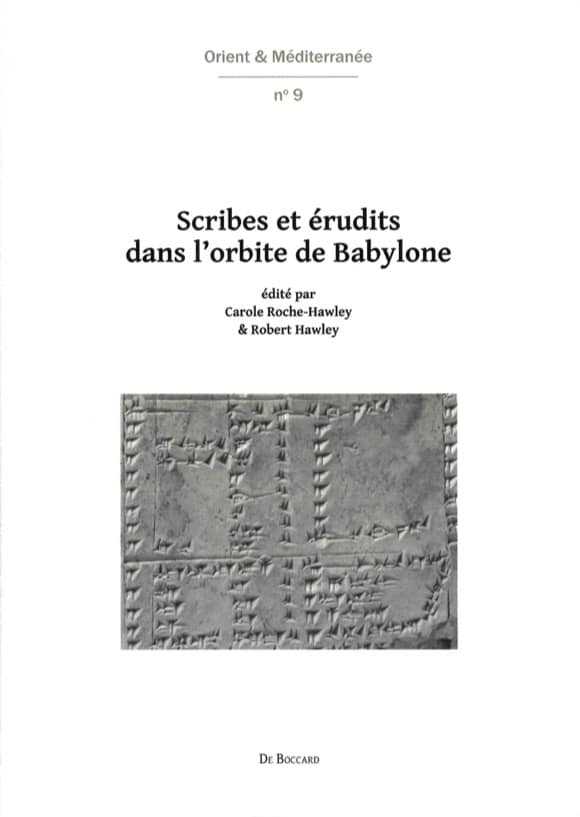Descrição
Between 1600 and 1200 BC six empires consecutively dominate the Near East: Assyria and Kassite Babylonia in Mesopotamia proper, Mittanni in Syria and Upper Mesopotamia, Elam in Iran, Egypt in the southern Levant, and hatti in Syro-Anatolia. This period marked the apogee of the diffusion of Mesopotamian writing and the languages associated with it: Akkadian was the international lingua franca and in the courts of the great powers could be found scribes trained in Mesopotamian writing.
Over the course of the Mesperiph project (funded by the French Agence nationale de la recherche 2007-2011), we have attempted to identify some of the mechanisms by means of which this essentially written foreign culture was imported and implanted by local scholars, rulers, and elites.
Several of the studies undertaken during the first two years of the project are published in the present volume.
Their subject matter, somewhat diverse though essentially concerning Late Bronze Syria under Hittite domination, is organized according to the three themes developed in the project: scribes and their schools, regional reinterpretations of Mesopotamian standard references (knowledge and techniques), and the processes of adaptation (the use of Mesopotamian languages and writing for local non-Mesopotamian realities). A
second publication, including not only further installments of the dossiers studied in this volume, but also new studies, notably on Elam and hatti, is already prepared and will be published in the near future, marking the conclusion of the Mesperiph project.

